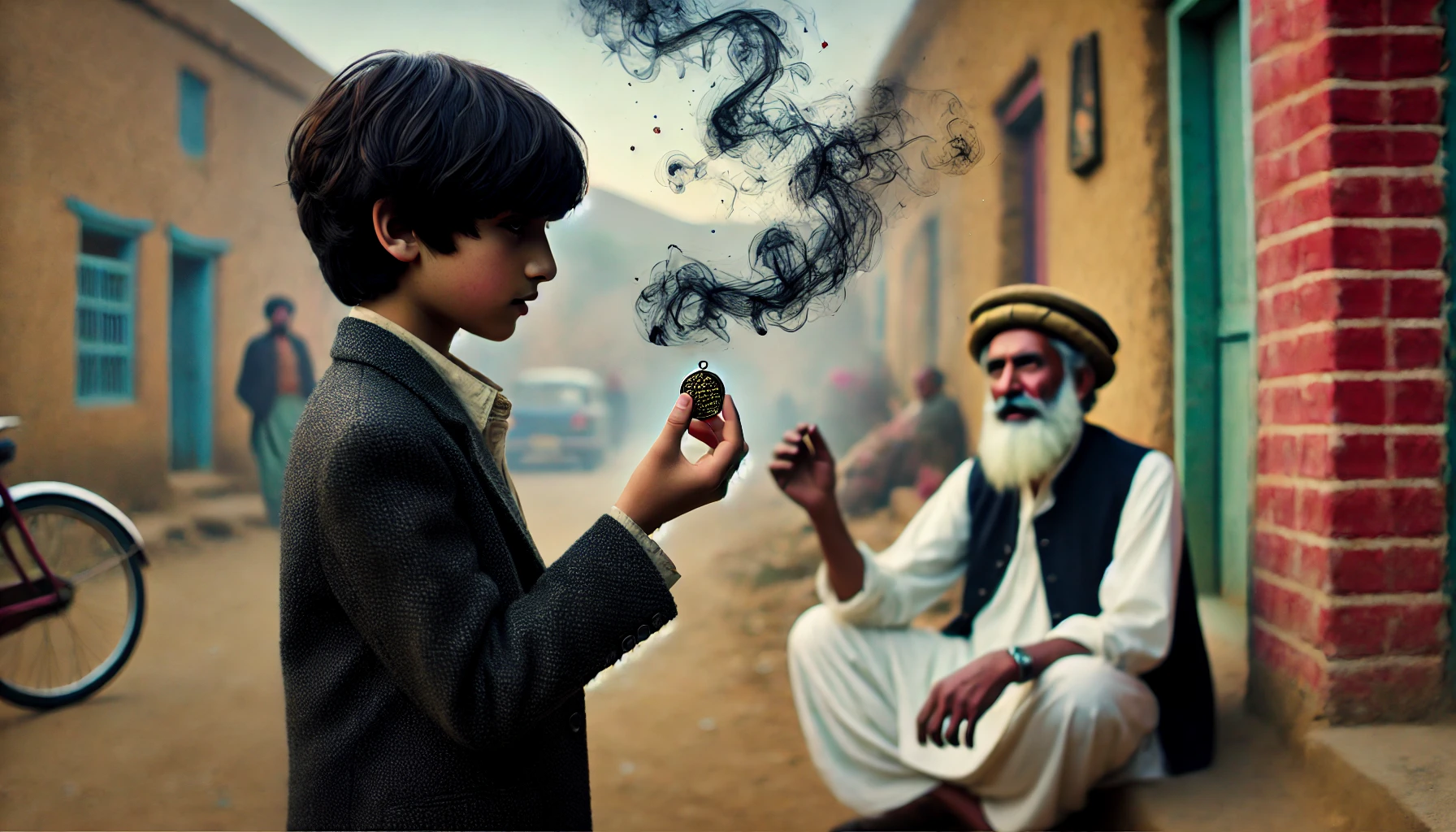
A Life Journey or a Travelogue?
Review of: Pearls from the Ocean by Parvin Shere
By: Zubeida Mustafa
A question very often asked of writers is why do they write. Khushwant Singh, India’s best known author and journalist, said he wrote to inform, amuse and provoke. The author of Pearls from the Ocean, Parvin Shere, quotes the American writer and poet, Maya Angelou to answer this question. “There is no agony greater than bearing an untold story inside you,.” Says Angelou.
For Shere this untold story has to find expression and it does in three forms, prose, poetry and painting. She could not have been more articulate in giving expression to the discovery she made when she submitted to her urge to penetrate the barriers of faiths, languages and cultures: the Earth is home to all humans and their oneness binds them together, but…
Since painting is a visual form of communication and needs no language to convey its meaning to the viewer the pictures painted by Shere have a universal appeal. Presented on expensive and shiny art paper they capture the richness of the colours of the scenes that seized the artist’s imagination. But text, whether prose or poetry, uses a language that has its inherent limitations. To reach out to a larger readership the book is bilingual. The author writes in Urdu – the language she excels in – and has then rendered an English translation for the benefit of her English-speaking readers. An editor’s expert touch would certainly have polished these “pearls” further. The poetry written originally in Urdu fares better having been translated into English sensitively by Prof Baidar Bakht of the University of Toronto.
As a result we have a product before us which portrays the intense emotions of the writer-poet-artist in Shere that were evoked by the places she visited. She is most profoundly touched by South Africa and Peru, two countries among the 26 she has traveled to in her life journey.
Take South Africa – Swaziland has been included in this section — , which receives the greater share of the author’s attention. Quite a bit is devoted to a narrative description of the places and scenes she was shown by the travel guide. It reads like a travelogue. But as Shere puts it, “ During my travel, I get divided into two parts — a tourist narrating with outer vision and the other is my innerself looking at things with a third eye.” She believes this style fictionalises the narrative and makes it a “zindaginama” as opposed to a “safarnama”. It is up to the reader to decide whether this effect is actually created.
But one cannot deny that her observations are profound and insightful. Thus as she describes a visit to the home of a poor family in Soweto which the Western tourists clad in Armani gowns and Gucci glasses saw as inhabitants of an alien world, Shere was struck by the tears of a little girl who did not like her poverty being made a spectacle of. In her poem “Protest” the poet takes over and comments, “Soaked in pain/Those shining black eyes/Were fanning the fire of self-respect/In my heart;/They were crying out loud;/”Look I am aslo a citizen of this planet,”
In the section on Peru, Shere recounts her experience of a visit to a village in the mountains called Caccoccollo. There is natural beauty there and the people are occupied with their traditional activities such as dyeing wool, weaving blankets and so on. But the poignant thought that the author expresses while watching the cheerful and good-hearted people is, “It bears witness to the fact that people can lead a peaceful and happy life without the modern comforts and luxuries that money can buy.”
A feast for the eye,s this book promises to provide hours of leisurely reading tosomeone looking for pearls to pick randomly.


